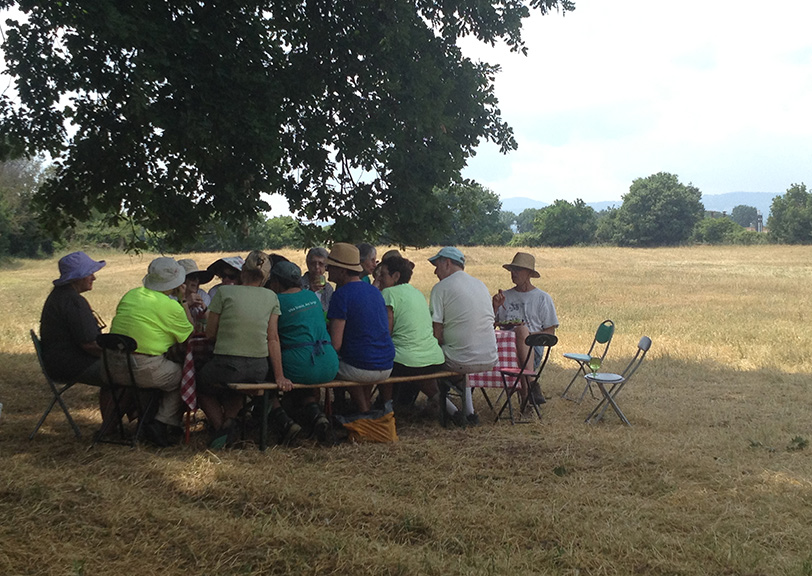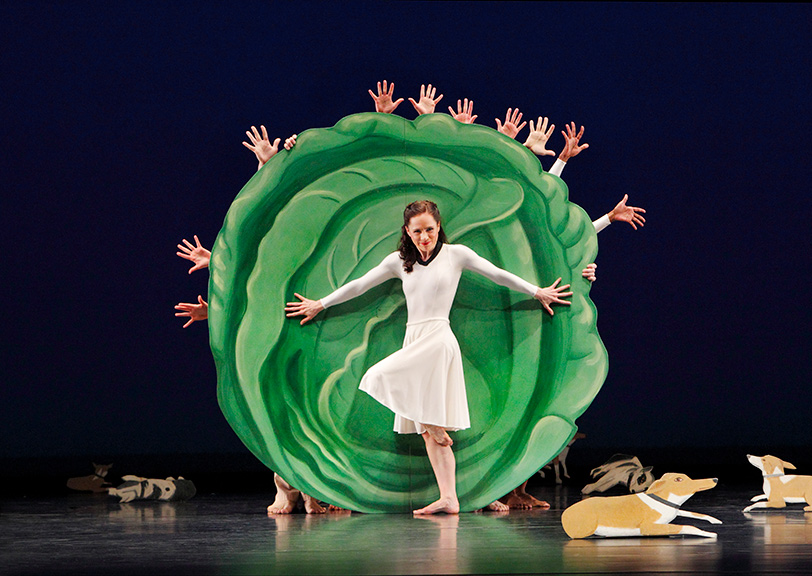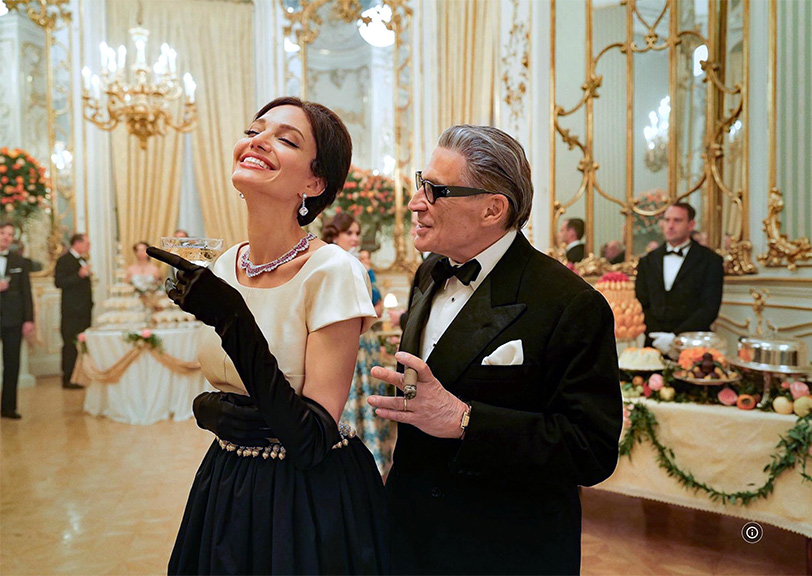ENTER YOUR EMAIL TO RECEIVE OUR WEEKLY NEWSLETTER
These Days, It’s Women Who are Filing for Divorce
The stats are in. Two thirds of wives, not husbands, are choosing to end their marriages. Here’s why

October 3, 2025
If you’re a woman over age 50, chances are you’ve spent decades building a life—structuring a career, raising children, managing a household, maybe caring for aging parents. You’ve given your energy to others, often without asking much for yourself. And now, perhaps for the first time in years, you’re looking around and asking: Is this all there is? Is this still the life I want?
You aren’t alone in posing that question.
Divorce after 50—often called “gray divorce”—has been rising steadily over the past few decades. According to the National Center for Family & Marriage Research at Bowling Green State University, nearly 4 in 10 divorces in 2022 involved couples age 50 or older. That’s a dramatic increase from 8 percent in 1990. While younger couples today are staying married longer, older adults—especially women—are increasingly choosing to leave long-term marriages in search of something different, a new beginning.
The Boomer Effect
Women born between 1946 and 1964—the Baby Boomers—have always done things differently. They were the first generation to come of age after the arrival of the birth control pill. They entered the workforce in large numbers. They pushed for equal rights, reshaped family roles, and challenged outdated norms around femininity and domesticity.
As of September 2025, Boomers range in age from 61 to 79. They are living longer, staying healthier, and remaining engaged in the world longer than previous generations had done. Many are also reevaluating their long-standing commitments—including marriage.
When the kids leave home and retirement nears, women may well find themselves facing an earth-shattering question: Who am I now? For some, this question leads to therapy, journaling, or long walks with friends. And sometimes, it leads to divorce.
Who Leaves Whom and Why?
One of the most striking features of gray divorce is who initiates it. Studies consistently show that two-thirds of divorces after age 50 are initiated by women. This flies in the face of stereotypes about aging men leaving for younger partners. In truth, it’s more often the opposite.
Here’s why:
Emotional Disconnection. Many women describe decades of feeling unseen, unheard, or emotionally unsupported. Over time, minor frustrations grow into large resentments. Some women have tried therapy or worked to change the dynamic, only to find that nothing improves. When they’re faced with the possibility of another 25 or 30 years in that same space, the thought becomes unbearable.
An Empty Nest Awakens Old Questions. Once children leave home, there’s often a moment of reckoning. A household once filled with schedules, soccer games, and late-night homework now feels oddly quiet—and what’s left is the relationship. For some, silence brings peace. For others, it creates the uncomfortable realization that the emotional core of the marriage (the children) is no longer present.
Greater Financial Freedom. Unlike their mothers’ generation, many Boomer women have their own income, savings, or assets. They may have built careers, inherited wealth, or learned to manage independently. That financial independence is a game-changer: It makes leaving possible. It also removes the fear that once kept many women trapped in unsatisfying or even emotionally harmful marriages.
Longer Lives, Higher Expectations. At 55, many women today can expect to live another 30 years. That’s a lot of time to spend feeling lonely in a partnership. Many gray divorces happen not because of crisis but because of clarity: If I don’t leave now, I’ll regret it. The cultural taboo around divorce has weakened, and the stigma of being a divorced woman in later life has faded.
A Desire for Self-Reinvention. This chapter of life brings a powerful question: What now? For some women, divorce is not an escape—it’s an entry point. It opens the door to discovering who they are beyond the roles they’ve played. Some go back to school, move to new cities, travel, start small businesses, or fall in love again.
What Does Divorce After 50 Look Like?
The idea of “starting over” in midlife can feel overwhelming. And there’s no sugarcoating the fact that divorce after 50 is complicated—emotionally, financially, and socially. But the experience is more common than many realize, and it’s not always a story of loss. For many, it’s one of renewal.
Financial Shifts
Divorce typically results in a lower household income, and this is especially true for women. Studies show that women over 50 often experience a 40–45 percent drop in their standard of living after divorce, compared with about 20 percent of men. In the worst possible case, 20 percent of women become impoverished, compared with 11 percent of men. These disparities reflect women’s earlier caregiving responsibilities, often part-time work, and the wage gap. Nevertheless, many women adapt and thrive.
Emotional Rollercoasters
There’s grief, of course, and often fear. But there’s also relief, space, and joy. Many women report feeling lighter, freer, and more at peace within months of the split. Therapy, strong friendships, and personal reflection can help bridge the transition.
Love After Divorce
Remarriage after 50 is relatively rare—especially for women—but companionship is not. Many women build rich social lives that don’t revolve around a romantic partner. Others find new love, often on different terms than before: more mutual, independent, and equal. Some choose to live apart together, keeping their own homes while sharing intimacy and connection.
Living More Fully
What makes gray divorce so culturally important is that it reflects changing expectations—not just about marriage but about what women want and deserve in later life. These women are not just walking away from a marriage; they’re walking toward something.
College-educated women over 50 are uniquely positioned in this cultural moment. With education comes access to resources, social capital, and the language to articulate what is no longer acceptable. These women have navigated complexity their whole life—raising families, building careers, caring for others. Now, perhaps for the first time, it’s their turn.
Gray divorce doesn’t mean failure. It doesn’t mean giving up. It means making a choice—a brave one—to live more fully, even if that means walking away from something familiar.
Photo, above: Ipopba/iStock; home page slideshow photo by Camden & Hailey George/Unsplash
. . . . . . . . . . . . .
Shirley M. Mueller, M.D. has a distinguished background in medicine, complemented by her later pursuits as an author and public speaker. Another of her interests is porcelain collecting. Her insights on the neurobiological aspects of collecting are detailed in her book, Inside the Head of a Collector: Neurobiological Forces at Play, published by Lucia/Marquand in 2019. Her focus lately has been on exploring romance among those over age 50. She lives in Indianapolis, Indiana. Email: ShirleyMaloneyMueller@gmail.com.
You may enjoy other articles by Dr. Mueller:
You may also enjoy these articles in NYCitywoman:











